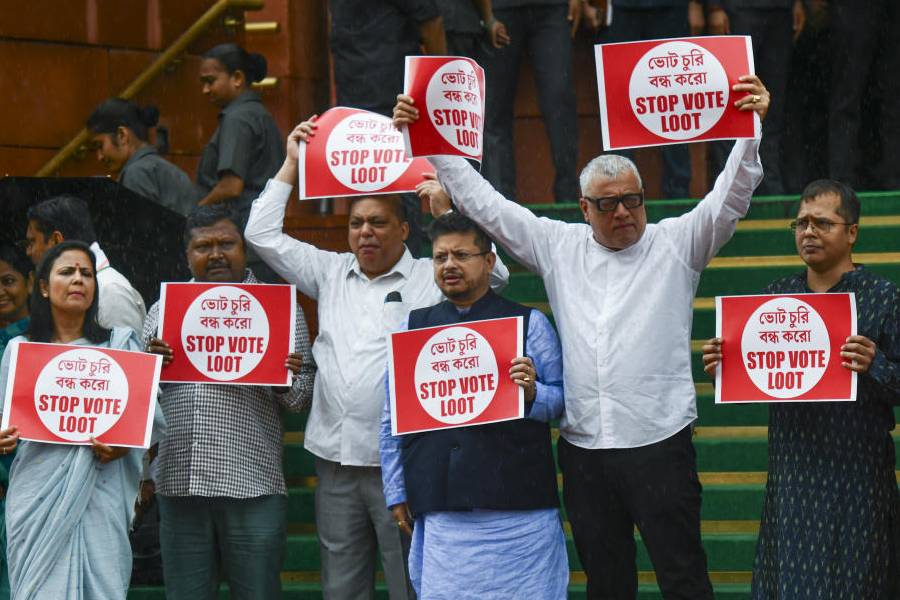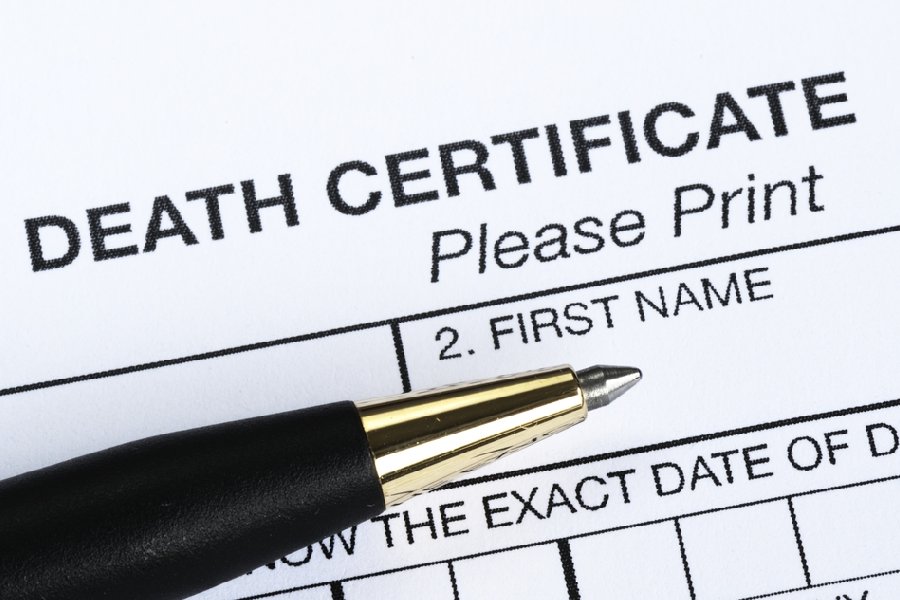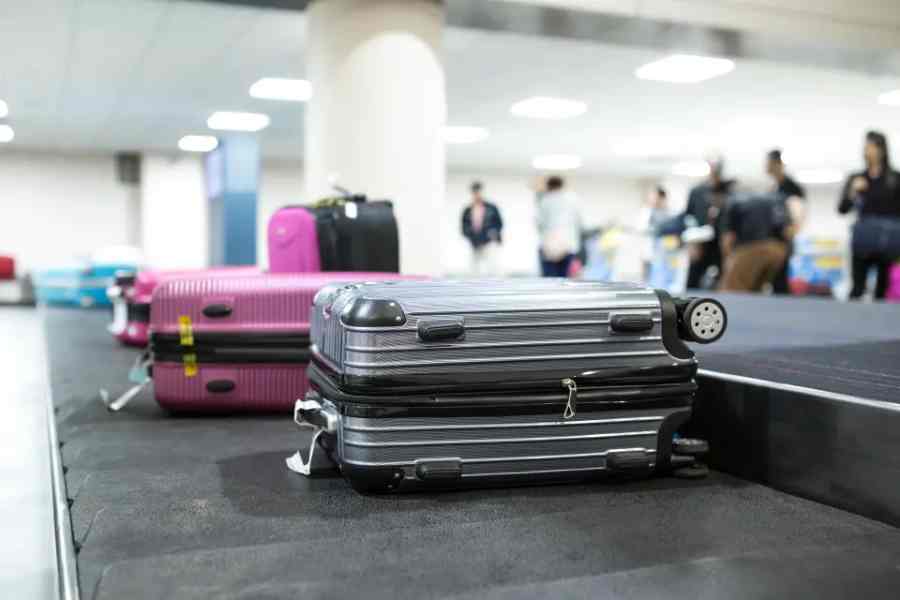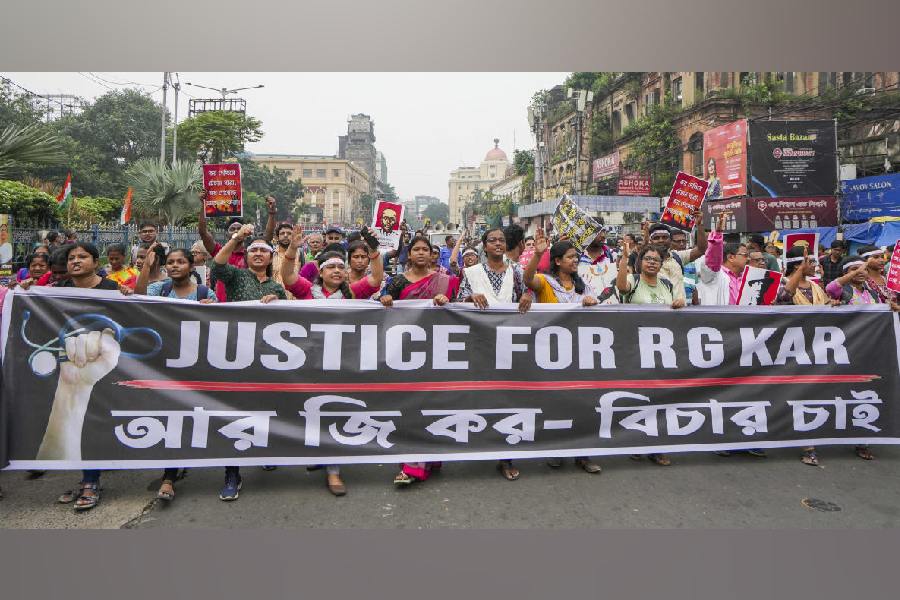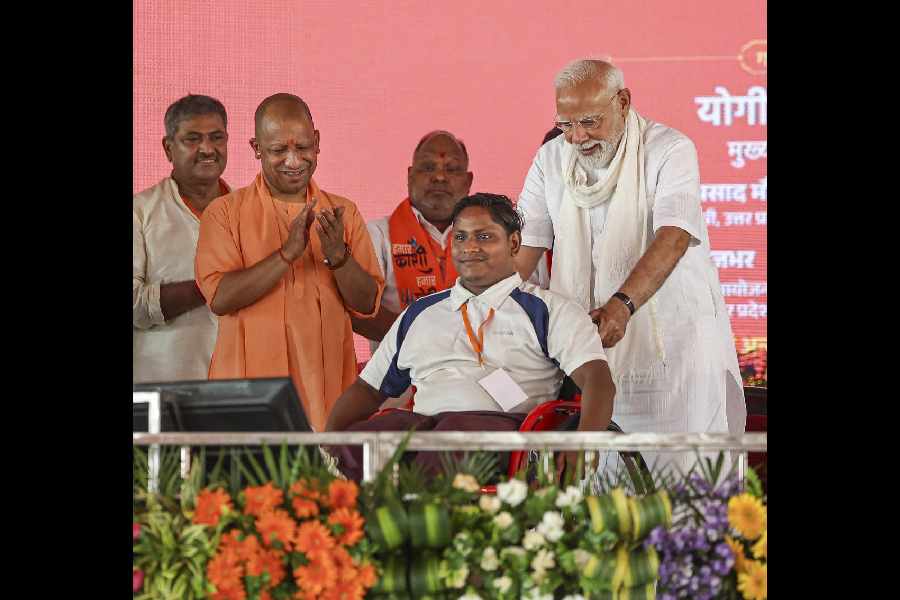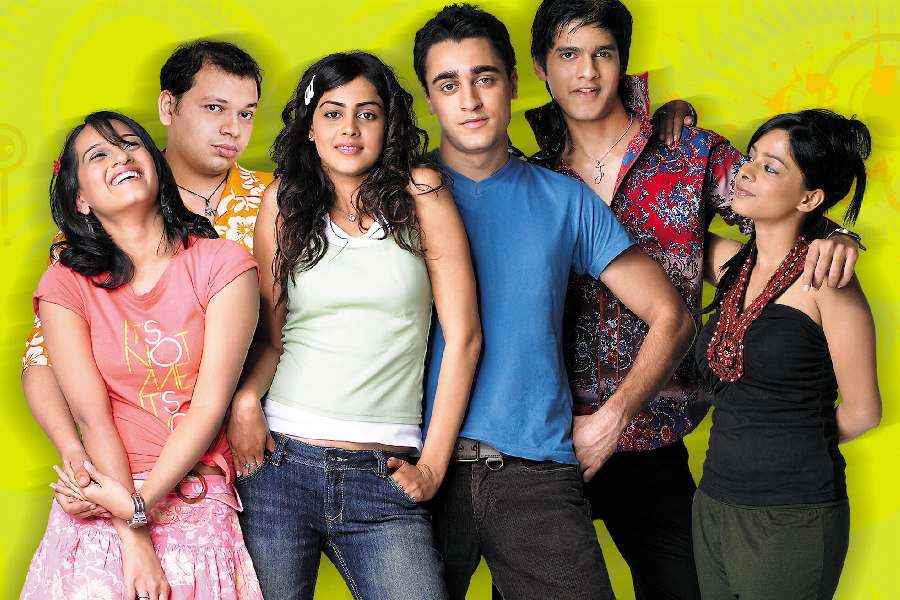 |
One day, there was another call for Nehru from Sir Girija (Sir Girija Shankar Bajpai, the secretary-general of the external affairs ministry), but I could not find Panditji anywhere. Sir Girija said he needed to talk to Nehru urgently, so I should get him to call back as soon as possible.
As I put down the phone, someone told me Panditji was in the garden. I went looking for him there and came upon Nehru and Lady Edwina Mountbatten sitting close together under a tree in a somewhat secluded part of the garden. As I came running up, they quickly pulled apart and Lady Edwina let out a muffled cry. Nehru calmed her down, telling her not to worry. I gave Panditji the message. He looked up at me and said, “Main baat karta hoon aapse.” (“I’ll talk to you.”)
I went back into the house. Panditji followed after a few minutes and I connected the call to Sir Girija. In the event, Panditji did not say anything to me about the scene in the garden. He did not have to. His close relationship with Lady Edwina Mountbatten was an open secret within the household, but he knew he could trust me and his other assistants to be discreet.
Lady Edwina was a frequent visitor, spending time privately with Panditji in the house. I had just never seen them together in the garden before. Perhaps that day they got carried away by the moment.
***
In the early part of August 1947, I had the opportunity of joining Panditji in a social gathering over dinner. By then I was living with my sister, Chaandaji, and her husband, Kashi Nath Bamzai. They lived in a large bungalow in a central part of New Delhi and were happy to let me make a home with them and their two older children.
My brother-in-law was a political activist and a member of the Jammu and Kashmir National Conference party founded by Sheikh Abdullah. Bamzai was working as a journalist in Delhi and was a frequent visitor to the Nehru residence. He had introduced Sheikh Abdullah to Nehru some years ago and continued to brief Panditji on political affairs in Kashmir.
Dwarka Nath Kachru, political assistant to Nehru, was Bamzai’s childhood friend. Although Nehru was born in Allahabad, he was, of course, a Kashmiri by ethnicity. The Kashmiri community in Delhi decided to invite him to dinner, to be held at Bamzai’s home.
In 1947 none of us was aware of any protocol requirements. Nehru accepted the invitation and hectic preparations were put into motion. It was meant to be an informal biradari (community) affair for all Kashmiris, Hindus as well as Muslims, including some National Conference workers and other friends of Bamzai’s. As the host’s brother-in-law, I was inevitably roped into helping with the preparations.
One of my tasks was to invite people personally by phone since there were no formal written invitations. One of the people to be invited was T.N. Kaul (ICS, then deputy secretary to the Government of India), whom I had met briefly when he had come to 17 York Road to meet Vijayalakshmi Pandit. When I called his residence, his sister Indira answered the phone. I did not know it then, but a few months later I was to meet Indira through a mutual friend and in just under a year we would be married! She has been my partner for more than sixty years.
The dinner was a sit-down affair, but the guests were not seated around a dining table. We all squatted on a richly carpeted floor with enormous cushions and gao takias (long pillows to lean against). The food was a judicious mix of non-vegetarian as well as vegetarian dishes, prepared by Kashmiri cooks, and was served in traditional style in big steel thalis (plates). Every thali had twenty katoris (bowls) in it. I can remember at least nine non-vegetarian delicacies, including Kashmir’s famed rogan josh, yakhani and tabakh maaz. The meal ended with phirni as dessert.
As we were about to start, Nehru leaned across to T.N. Kaul and said: “Tikki, my thali has twenty katoris. How about yours?”
When Kaul replied that he had the same number, Panditji was satisfied that the other guests were being treated to the same fare as himself. He smiled and started the meal in Indian style, mixing gravy and rice with his fingers before eating.
The meal lasted more than an hour. The conversation was entirely non-political. Nehru was a man of many parts — he was well versed in history, art, music, painting and dance and felt quite at home discussing any of these topics. It was a great experience to see him in a social setting like this. Knowing about all the pressing problems he was dealing with at the time, I could only marvel at the way he was able to set aside his political burdens for the evening and just be a charming guest.
***
Panditji’s bungalow at 17 York Road was totally unguarded and anybody could walk into the main hall of the house, which was used as the reception room. Looking at the tight security that surrounds prime ministers and other VIPs today, the free movement of people at Panditji’s residence in 1947 seems like a dream. No entries had to be made in any register, no names were asked — people just walked in and out at will.
One day, during the Delhi riots, Mathai (M.. Mathai, personal assistant to Nehru) brought a posse of policemen to guard the house and they set up camp in the spacious grounds around it. When Panditji came back from his office at South Block in the evening he was shocked to see the policemen on the premises. He asked Mathai who had allowed them to put up a tent in the garden. Mathai tried to plead with Nehru to allow the policemen to guard the house, but Nehru was adamant, “I don’t want to see any policemen. Send them back.”
Mathai didn’t know what to do. Ultimately, the guards were taken to the servant quarters and asked to pitch a small tent there. They were not permitted to come to the front lawn or the front of the house; nor were they given the authority to stop people from coming or going to Nehru’s residence.
One evening, a uniformed khaksar (a member of a militant organisation based in Hyderabad and tacitly supported by the Nizam) carrying a sharpened belcha (a spade), the khaksar’s weapon of choice, walked into the reception room and demanded to see Panditji. He said he was carrying a letter from his chief, Syed Atta-Ullah Shah Bokhari, which he wanted to deliver to Panditji personally. Our pleas for him to give the letter either to Mathai or to me did not succeed. While we were arguing with him, Panditji came back from the office. He asked why we were arguing. Mathai told him about the letter and Panditji said, “Don’t stop him, let him come to me.” The khaksar walked up smartly to Nehru, saluted him and delivered the letter. Both Mathai and I watched the scene, crestfallen.
Nehru insisted on remaining accessible and available to anyone who came over to see him, but those around him worried about keeping him safe. With lakhs of people pouring into Delhi as refugees, tensions were high in the city. Not everyone supported Nehru’s secular stance.
Extracted from From Partition to Operation Bluestar – Tales of a Journalist, Bureaucrat, Spy by Som Nath Dhar; Price: Rs 399; Pages 230





